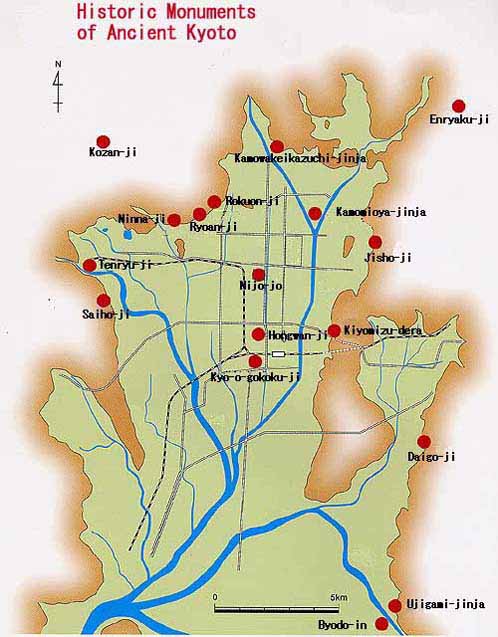| World Heritage Convention | |
| @The World Heritage Convention was adopted in November 1972 during the United
Nations Educational, Sientific and Cultural Organization (UNESCO) General
Coference in Paris.@The aim of the Convention are to establish a sysytem
of international cooperation and assistance designed to protect countrie'
cultural and natural heritage from damage and destruction for all people
of the world.@The Convention was ratified in Japan in June 1992 and as
of August 2004, there were 178 States Parties to the Convention.@ @World Heritage Sites are divided into cultural heritage and natural heritage sites.@Different properties recommened by each country for inclusion in the World Heritage List are screened according to strict criteria defined by the World Heritage Committee.@The 788 properties (611 cultural, 154 natural and 23 mixed properties) were inscribed on the World Heritage List as of August 2004. @At the national level, the States Parties to the Convention are responsible for protecting and conserving their world heritage for the international communitiy, and shall endeavor, through educational and informational programs, to strengthen appreciation and respect by their peoples of the cultural and natural heritage. @At the international level, each State Party to the Convention must contibute its share to the World Heritage Fund so that it may provide international financial assistance, technical and scientific assistance, equipment, supplies, etc., toward the protection of world heritage sites. @A property of a State Party constitutes a world heritage when it is recognized as having outstanding universal value. @The criteria that define proper protection of propertiy are very strict, and each country must endeavor, through legal means, to protect these properties. @The 17 properties listed as "Historic Monuments of Ancient Kyoto" were selected from many cultural properties in Kyoto based on the following criteria for consideratio as World Heritage Sites: @ |
|
| Since World Heritage Sites are limited to real-estate properties, only buildings and gardens were eligible for consideration. | |
| National Treasures (buildings) and Special Place of Scenic Beauty (gardens) that have the highest status in the country. | |
| Their sites that are designed as Historic Sites, and that are preserved in exceptional condition. | |
| @ @The investigation leading up to inclusions took over a year to complete.@In December 1994, the 17 properties were approved for inclusion as "Historic Monuments of Ancient Kyoto" during the 18th Session of the World Heritage Committee in Thailand. |
|
 |
|